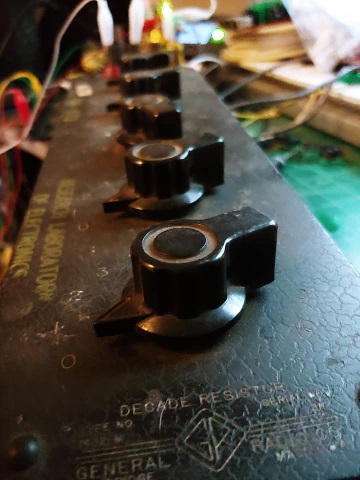Thoughts and concerns on running a couple LEDS off the +/- 18vdc used for op amps? Is there a clean way to do it or is it to be avoided at all cost?
Edit:
I should add that the leds will be switch indication and not a metering situation.
Also, I realize now that 500 series gear is working this way.
Thanks,
Edit:
I should add that the leds will be switch indication and not a metering situation.
Also, I realize now that 500 series gear is working this way.
Thanks,



